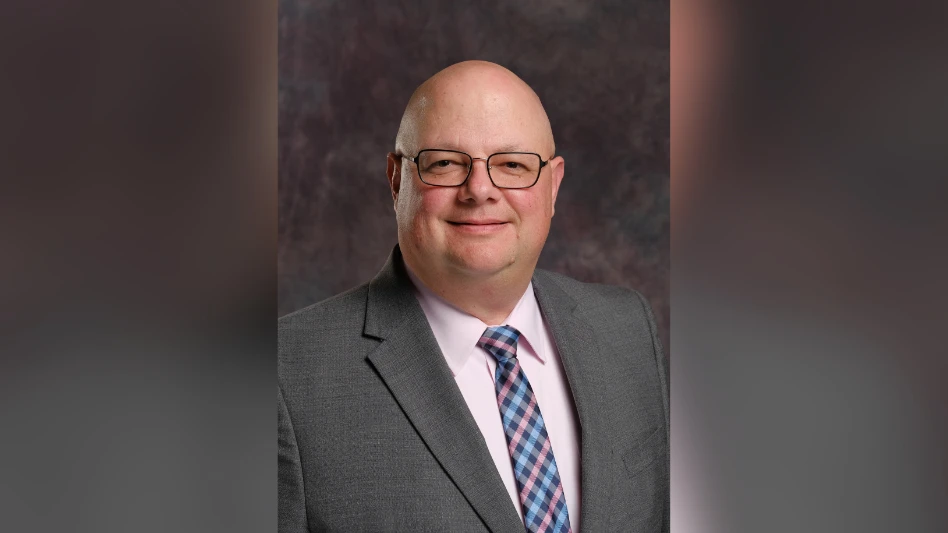 “We’re not here the way we’re supposed to be here.”
“We’re not here the way we’re supposed to be here.”
That’s what a group of loyal, longtime Mexican workers admitted to managers at Keesen Landscape Management in the mid-1990s, before the days of E-verify and scrutiny over “official” documents. “We recognized there was a liability on our side,” says Steven Steele, director of operations for the Englewood, Colo.-based firm. “It was a real ‘aha’ moment for us. We had no clue (they weren’t legal), and when we found out we had an issue, we had to do something about it.”
So the company let go of those hard workers – many of them holding key field positions. And leadership promised them they’d do what they could to bring them back soon. That’s when Keesen Landscape hired a high-powered immigration attorney and learned about H-2B.
Keesen Landscape began using H-2B in 1996 and was one of the first landscape firms in the Colorado to use the program. Because of H-2B, Steele says the company was able to rehire many of those former employees. Since that time, Keesen Landscape has welcomed a trained workforce of 85- 120 Mexican workers back to the firm each spring.
“We have guys who have been coming up every year,” Steele says. “H-2B provides us with a workforce that is trained and consistent.
|
Putting a damper on DOL rules – for now The H-2B program has become virtually impossible to use. Immigration reform has stirred up controversy over guest worker programs like H-2B. In June, the Senate passed a bill amendment to block funding during fiscal 2013 for two Department of Labor (DOL) rules that would have made the H-2B program nearly impossible to administer, if you ask Steven Steele, director of operations for Keesen Landscape Management, Englewood, Colo. • Prevailing wage. The DOL’s proposed calculation methodology for prevailing wage would increase landscape services wages by 40 percent, or by $3.66 per hour. That higher rate would become the “floor wage” for the company. “That doesn’t take into account my management and other skilled positions that should get paid more,” Steele says. Steele estimates that at the new rate, his payroll would jump up $212,655, a 20 percent increase. “Keep in mind, this is only the impact of increased wages for H-2B worker payroll and does not take into account the fact that all non H-2B employees performing similar jobs would also have a raised pay rate,” Steele says. • Program rules. A litany of changes to H-2B program rules would have made H-2B “unworkable,” Steele says. One of those rules would require employers to pay transportation and subsistence costs for workers hired under the program. And, it would require employers to advertise for U.S. workers up to 21 days prior to the job-start date regardless of when a company’s true recruitment process begins and is completed. For example, a worker from Cleveland could decide to take an open job at Keesen Landscape in Denver. The company would be required to pay travel costs and subsistence (like meals on the road). “We would have to accept this worker up to three days prior to the time our H-2B people come,” Steele says. On February 25, H-2B workers are on their way to Keesen Landscape. Steele would have to take that worker from Cleveland despite the fact that this H-2B workforce is en route to Denver to work. |
“These guys are our lifeblood,” Steele continues, emphasizing how the company treats their H-2B workers like family, holding get-togethers and even cooking breakfast for them several times during the season.
And the reality is, replacing these workers would be next to impossible. In 2010 when Keesen Landscape was denied its H-2B workers because of a Department of Labor (DOL) decision – 14 months later, the DOL admitted to making a “huge mistake” – the company had to rely on domestic workers to fulfill seasonal positions. That meant hiring 50 percent of the workforce within two weeks of the season start. Keesen employs about 240 employees during the high season, 120 of which are full-time American workers.
“That year, we issued over 500 W-2s,” Steele says of the significant employee turnover. “If you came through the door and were legal to work, if you had a pulse, we’d hire you. We needed people. But the general stay for [a laborer] was a few days to a couple of weeks, and this lasted all season. And, we ended up having quality issues, which led to higher client turnover.”
The following year, Keesen got its H-2B workers back and business flourished. “The labor pool for these types of jobs is tough,” Steele says.
H-2B has provided labor relief for the company for more than 15 years. Though after 2013, that scenario could change depending on how legislation shakes out after the election.
H-2B best practices. The H-2B program has never been user-friendly, and over the years, it has continued to grow more complex, Steele says. Keesen Landscape is successful with H-2B because it taps into resources that provide legal support, and the company is committed to the program and workers who come each year. “If you treat employees right, they will come back and they will bring good people with them,” Steele says.
Brothers, cousins, friends – Mexican workers who have a positive H-2B experience at a company go home and tell everyone about it. And that assures Steele that the workers he gets each year are going to be just as committed as the regulars who return each season.
“Annually, we bring up very few new guys,” Steele says, relating the low turnover in return H-2B workers. Keesen Landscape rewards its H-2B team with jackets for every five years of employment.
“When they get a 5-, 10- or 15-year jacket, that’s a big deal to them,” Steele says. “It’s really a source of pride and something that says a lot about our culture here that our guys want to come back each season.”
Meanwhile, continuing the program has required constant attention.
Early on, Keesen Landscape began working with the Federation for Employers and Workers of America (FEWA), a non-profit that serves a voice for those who utilize guest worker programs like H-2B and offers services to help members like Keesen Landscape navigate the H-2B process.
Essentially, FEWA administers the H-2B program for Keesen Landscape, Steele says.
“They take care of all the filings, and they represent us legally in any matter that has to do with H-2B.” FEWA ensures that the company complies with requirements.
Keesen says partnering with an organization to help navigate H-2B has been critical to the program’s success at the company. “It pays to have someone who understand the legal complexities of the program,” Steele says, adding that there are a “maze of regulations that come a long with the program.”
But it’s worth the work involved in administering the program for Keesen Landscape. Steele considers what could happen to H-2B if the program goes away after 2013, after the expiration of a congressional block on funding the DOL’s efforts to implement changes to program rules or the prevailing wage.
That’s 85 employees the company would have to scramble to hire – 85 hard-labor holes to fill, which Steele reiterates is incredibly difficult, even in times of high unemployment.
“For 2014, things are totally up in the air,” he says. If H-2B was not available, Steele says, “There are a number of options, and none of them are that good.”
For now, Steele is focused on the 2013 season and bringing back the company’s loyal workers. “They are like family members to us,” he says. “It is a mutually beneficial relationship.”
Find more ideas from maintenance companies in the A Cut Above newsletter. www.lawnandlandscape.com/newsletters

Explore the December 2012 Issue
Check out more from this issue and find your next story to read.
Latest from Lawn & Landscape
- PBI-Gordon adds Kevin Laycock to vice president role
- What you'll see at Lawn & Landscape's Technology Conference
- TruArc Partners acquires Schill Grounds Management
- Perennial Services Group recapitalizes with Brentwood, Tenex
- Our first issue of 2026 is live
- Senske's Emerald Lawns adds Greenup Lawn and Shrub Care
- Giving back with words
- Turning books into thoughtful, interactive learning





